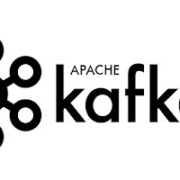Our profession evolves every year, whether through the introduction of a new tool, a new cloud service, or a new working method. This constant evolution requires the establishment of a learning culture to continuously share experiences and ideas, thus encouraging everyone to gain new knowledge each year.
Obviously, this demands a portion of our working time and an online library of training resources maintained by entities with authority in the domain. These entities are responsible for updating the content to allow us to continuously improve our skills, sometimes to advance in our career in order to aim for an internal or external evolution. Therefore, relying on trusted education partners is important to ensure the highest-quality learning content.
Source de l’article sur DZONE










